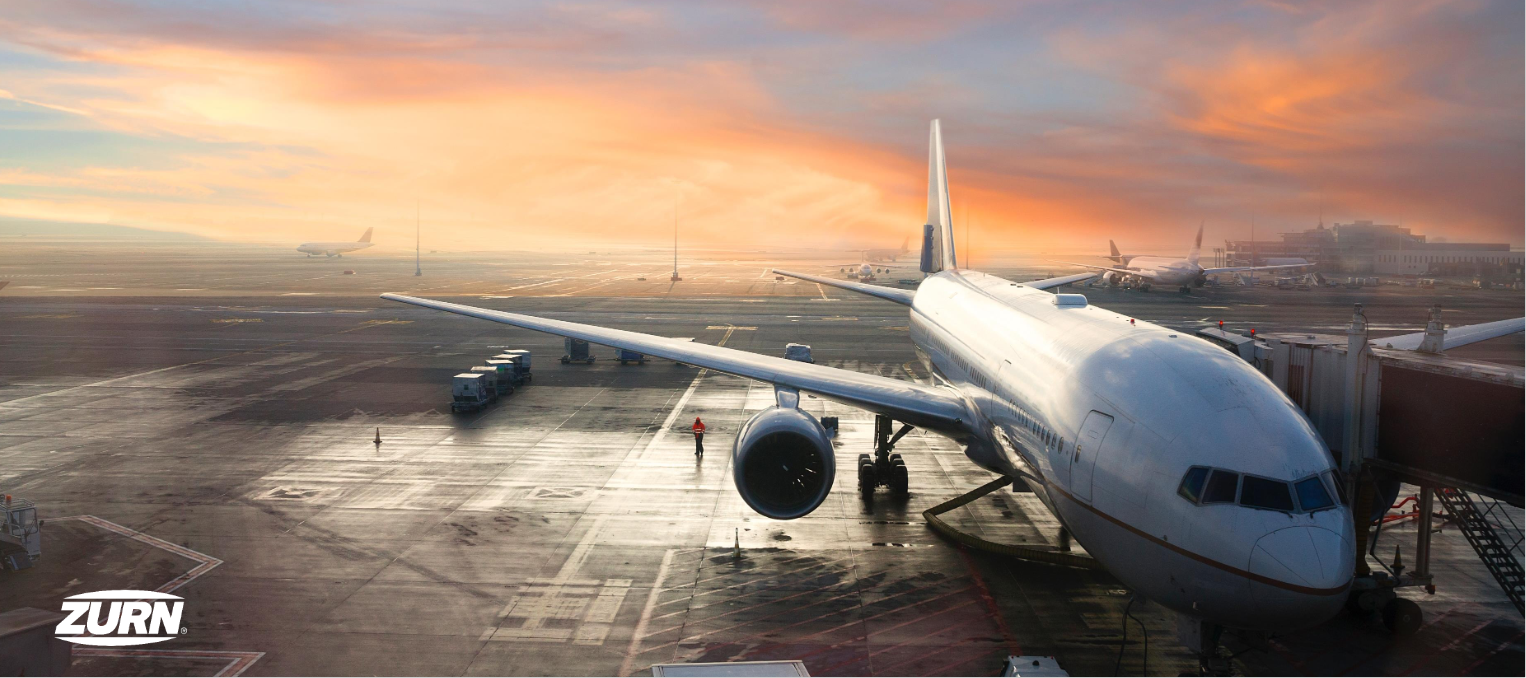
Today, HEPA (High-Efficiency Particulate Air) filter technology can be found everywhere, from buildings spanning private, healthcare, and public spaces to product systems beyond air purification. Of course, in modern days, the demand for quality air supply has never been higher.
While on the topic of higher, one of the most critical spaces in which HEPA filters help clean the air can be found inside an oversized steel tube that travels at a speed of 500+ miles an hour. Yup, travel continues to lead the way for innovation and sanitation.
HEPA filters in flight
Before you board your next flight, consider this. HEPA filters and efficient air circulation work together to ensure fresher air for passengers. In fact, the air is typically purer than what is breathed in at restaurants, bars, stores, or even at home.
Now, you may be doubting that assertion since you can’t really open a window or door. But, it’s true. Let us explain with expert findings. National Geographic recently consulted air-purifying experts and found that around 40 percent of cabin air is filtered through a HEPA system, while the other 60 percent is brought in fresh from outside the plane.
Cabin air completely changes over every three minutes, while the aircraft is cruising to someplace hopefully filled with umbrellas, sun rays and sound waves. The air is pumped from the ceiling into the cabin at a speed of about one yard per second and sucked out below window seats, raising the air quality level above that of a normal building. To sum it up, the air is filtered 20 times in one hour—now that’s a refreshing stat!
Certified HEPA filters “block and capture 99.97 percent of airborne particles over 0.3 microns in size,” says Tony Julian, an air-purifying expert with RGF Environmental Group. With increased efficiency of HEPA filters for the smallest particles and added ventilation, the number of particles in the air is quite low — even comparable to a heavily sanitized room. According to Liam Bates, CEO and co-founder of air-quality monitor manufacturer, Kaiterra, “[Planes] are actually safer than virtually any other confined space.”
This air-handling system design of a commercial aircraft makes it unlikely someone will breathe in air from anyone located more than a few rows away. A 2018 study examined the transmission of droplet-mediated respiratory illnesses during transcontinental flights and found that an infectious passenger with influenza or another droplet-transmitted respiratory infection was unlikely to infect passengers seated farther away than two seats on either side or one row in front or in back.
A little dirt won’t hurt
It is important to note, HEPA filters should be changed out frequently. However, even if an airline changes its filters less often than recommended, the International Air Transport Association states that although airflow through filters may be reduced, the filters’ particle-trapping capacity would not be. (Translation: dirtier filters can operate just as effectively as clean ones.)
Filtration alone isn’t foolproof The good news?
Most viruses and germs don’t spread easily on flights because of how quickly and efficiently air circulates and is filtered. The meh news? Air travel also involves spending time in shuttle buses, taxis and rental cars, busy security lines and airport terminals, which can put people in close contact with one another and frequently touched surfaces. In addition, social distancing can be difficult on crowded flights, which means passengers may have to sit in close proximity of one another (less than 6 feet) for hours at a time. That’s why consistent mask-wearing, wiping down high-touch surfaces and regular handwashing are all also vital with any kind of air travel today.
Flying to hand drying
Back on the ground and in a public restroom, what to do after washing your hands? Sensor hand dryers remove the “touch factor” (the grabbing, shared touching, watershed, more waste) and added costs that come with a paper towel dispenser. HEPA-filtered hand dryers take it a step further by purifying the air before it reaches hands.
Beyond HEPA filtration, look for solutions with fast dry times, energy efficiency and antimicrobial technology. According to the CDC, completely drying hands can reduce germs up to 1000 times. An energy-efficient hand dryer speeds up the process while using less power and leaving zero paper trail. Look for models that dry hands in 12 seconds or less to meet user expectations. Finally, antimicrobial technology protects the treated surfaces on the dryer by inhibiting the growth of bacteria, mold and fungus that can cause stains, odors or deterioration.
From flying to hand drying, HEPA filtration leads in sanitation. Learn more at WorldDryer.com.





